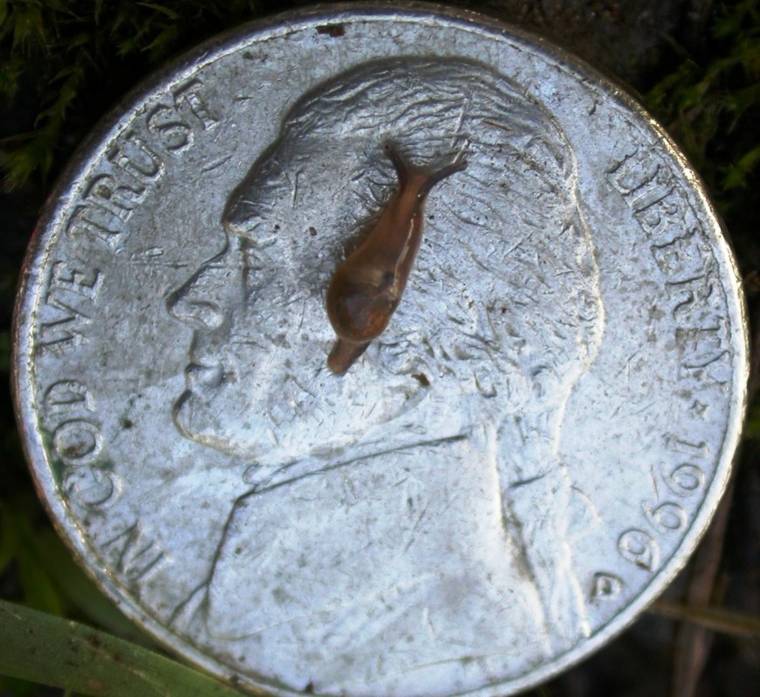KAILUA-KONA — In the wake of two confirmed cases of rat lungworm disease on the Big Island — one of which occurred in North Kohala — the state is holding a meeting to get the word out about the disease and its prevention.
The state Department of Health is hosting an informational meeting about rat lungworm disease from 6-7:30 p.m. today at the North Kohala Public Library in Kapaau. Those interested in learning more about angiostrongyliasis, commonly known as rat lungworm disease, and how to prevent its spread are encouraged to attend.
DOH public health experts are bringing together local partners to educate attendees about key information they should know to protect themselves from the disease.
DOH staff will provide information on the disease and prevention; Department of Agriculture staff will offer tips on pest control for growers and gardeners; the University of Hawaii at Hilo Daniel K. Inouye College of Pharmacy will provide an update on research efforts; the Big Island Invasive Species Committee will discuss recent semi-slug findings; and the Governor’s Joint Task Force on Rat Lungworm Disease/UH-John A. Burns School of Medicine will present preliminary clinical guidelines on diagnosis and treatment of angiostrongyliasis.
So far in 2019, there have been two confirmed cases of rat lungworm disease. Both cases were reported on the Big Island with one of the cases being from the North Kohala area. No cases have been reported on any other island in 2019.
The Big Island Invasive Species Committee announced earlier this year that Kohala Middle School students recently confirmed the presence of Parmarion martensi, commonly known as the semi-slug, as part of a citizen science program developed by UH-Hilo’s Daniel K. Inouye College of Pharmacy and supported by DOH.
Semi-slugs are invasive to Hawaii and very effective carriers of the parasite that causes rat lungworm disease Angiostrongylus cantonensis (A. cantonensis).
Angiostrongyliasis is caused by a parasitic roundworm and can have debilitating effects on an infected person’s brain and spinal cord. In Hawaii, most people become ill by accidentally ingesting a snail or slug infected with the parasite.
Symptoms vary widely between cases, and the most common ones include severe headaches and neck stiffness. The most serious cases experience neurological problems, severe pain and long-term disability.
To prevent rat lungworm disease, the DOH recommends people wash all fruits and vegetables; inspect, wash and store produce in sealed containers; and control snail, slug, and rat populations around homes, gardens and farms.
For more information about rat lungworm disease and how to prevent its spread, visit https://health.hawaii.gov/docd/disease_listing/rat-lungworm-angiostrongyliasis.






